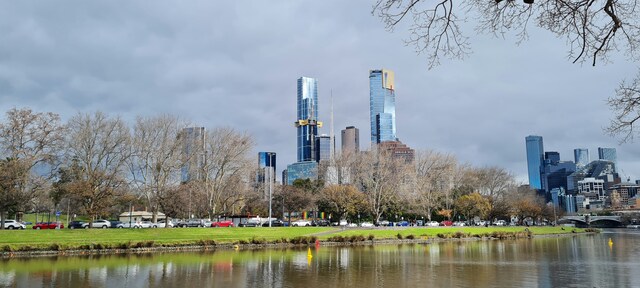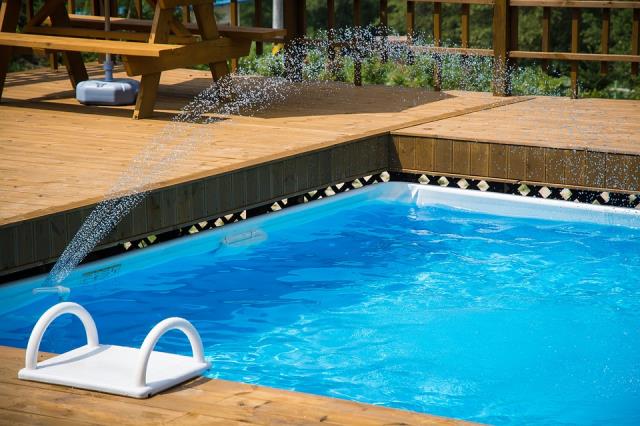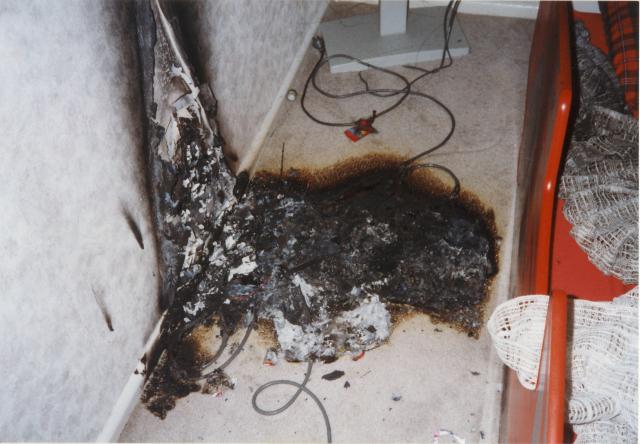A recent study by RMIT University cited that major Australian cities, including Melbourne, fail to meet international tree canopy goals.
This comes as data revealed that only 3 per cent of buildings in Melbourne’s innermost suburbs had adequate neighbourhood canopy cover, despite 44 per cent of them having views of at least three trees.
Northern neighbour, Sydney, fared slightly better, but only 17 per cent of city buildings were shaded enough despite 84 per cent having views of at least three trees.
In late winter 2024, well before the current sitting City of Casey council group was elected, the municipality committed to making the city’s climate resilient and conserving and protecting Casey’s tree canopies, which was a strong topic.
On Tuesday, 20 August, the administration endorsed the Climate Resilient Casey 2024-2030 plan, the Casey Coastal Framework, and the Greening Casey 2024-2030-2050.
It was stated that the Climate Resilience Casey plan would aim to invest in greening to increase local biodiversity, as well as enhancing stormwater management and promoting water reuse, in order to adapt to the changing climate.
By the same token, RMIT’s lead researcher, Dr Thami Croeser, said that better canopy cover was urgently needed to cool down our cities.
“We know depression, anxiety, obesity and heatstroke are more prevalent in urban areas lacking access to shady tree canopy and green open spaces,” they said.
Leading the university’s Centre for Urban Research, which published a study called Nature Communications, it looked at over 2.5 million buildings across eight cities using an emerging, sustainable cities measure known as the 3-30-300 rule.
The rule states that every house, school, and workplace should have a view of at least three trees, be in a neighbourhood with at least 30 per cent canopy cover, and be within 300 metres of a park.
“Too often, we put trees last in our streetscapes,” Croeser said.
“We plane them in very tough conditions, and then the moment there’s a conflict, they’re out.
“Whether it’s for construction access, a resident complaining or an underground cable, we’re very quick to remove street trees and replace them with saplings.”
While most buildings across the eight cities had views of at least three trees, the study found almost all cities fell short on the 30 per cent canopy cover test.
Only Seattle and Singapore passed the 30 per cent canopy benchmark, with 45 per cent and 75 per cent of buildings in these cities enjoying adequate shade, respectively.
Croeser added that trees can give poor canopy cover if they are planted in conditions that stunt their growth, such as asphalt covering roots and reducing access to rainwater.
“Trees in urban environments are also pruned very heavily, so not many trees get the opportunity to grow into big old canopy trees except in a few lucky areas,” they said.
They also added that canopy cover doesn’t just increase cooling, it can also reduce flood risk as well as benefit mental and physical health and support urban biodiversity.
Croeser said that he would like to see both the state and federal government take charge of a canopy task force to retrofit streets, in order to prioritise canopy cover.
This story is developing, and more information will be added as soon as it is available.







